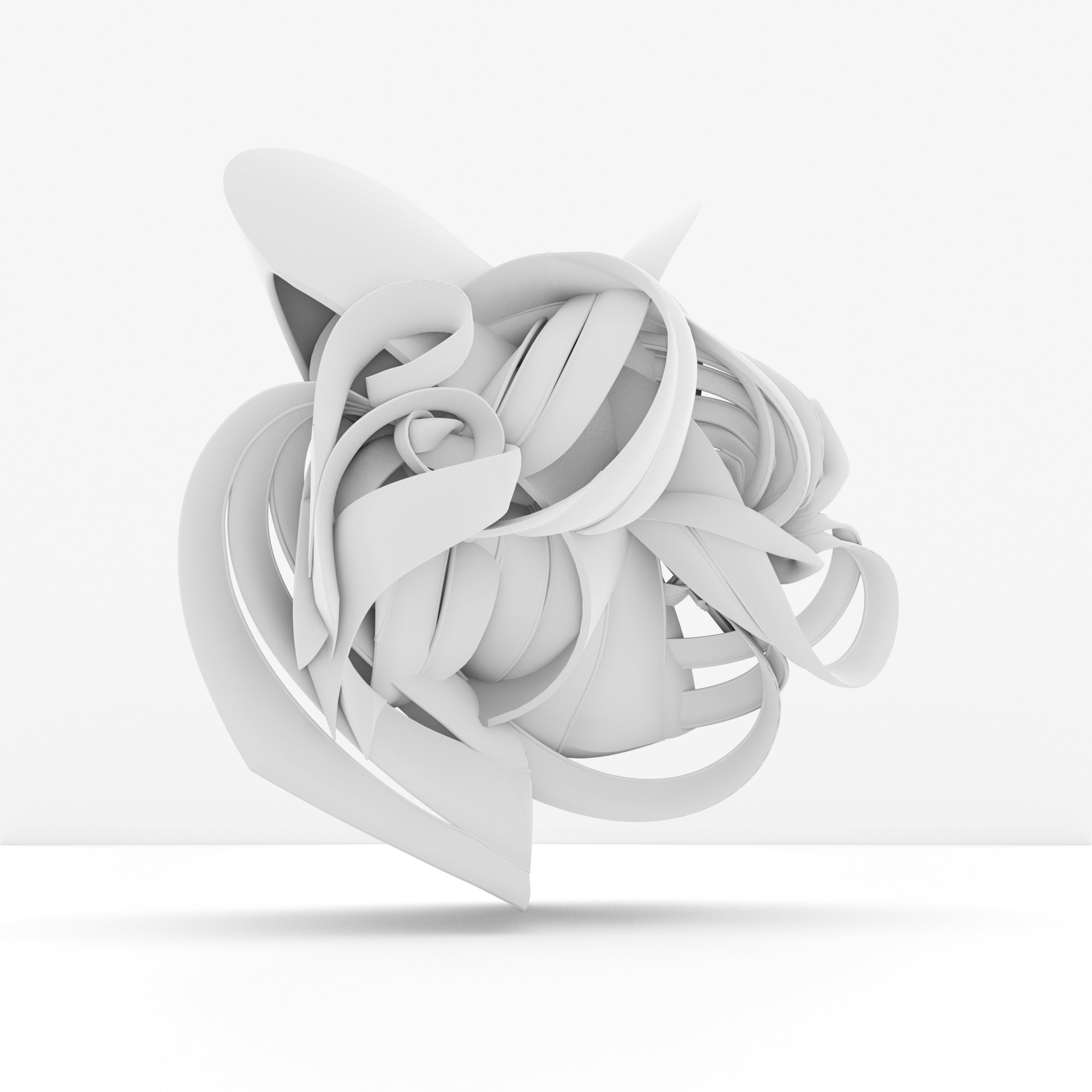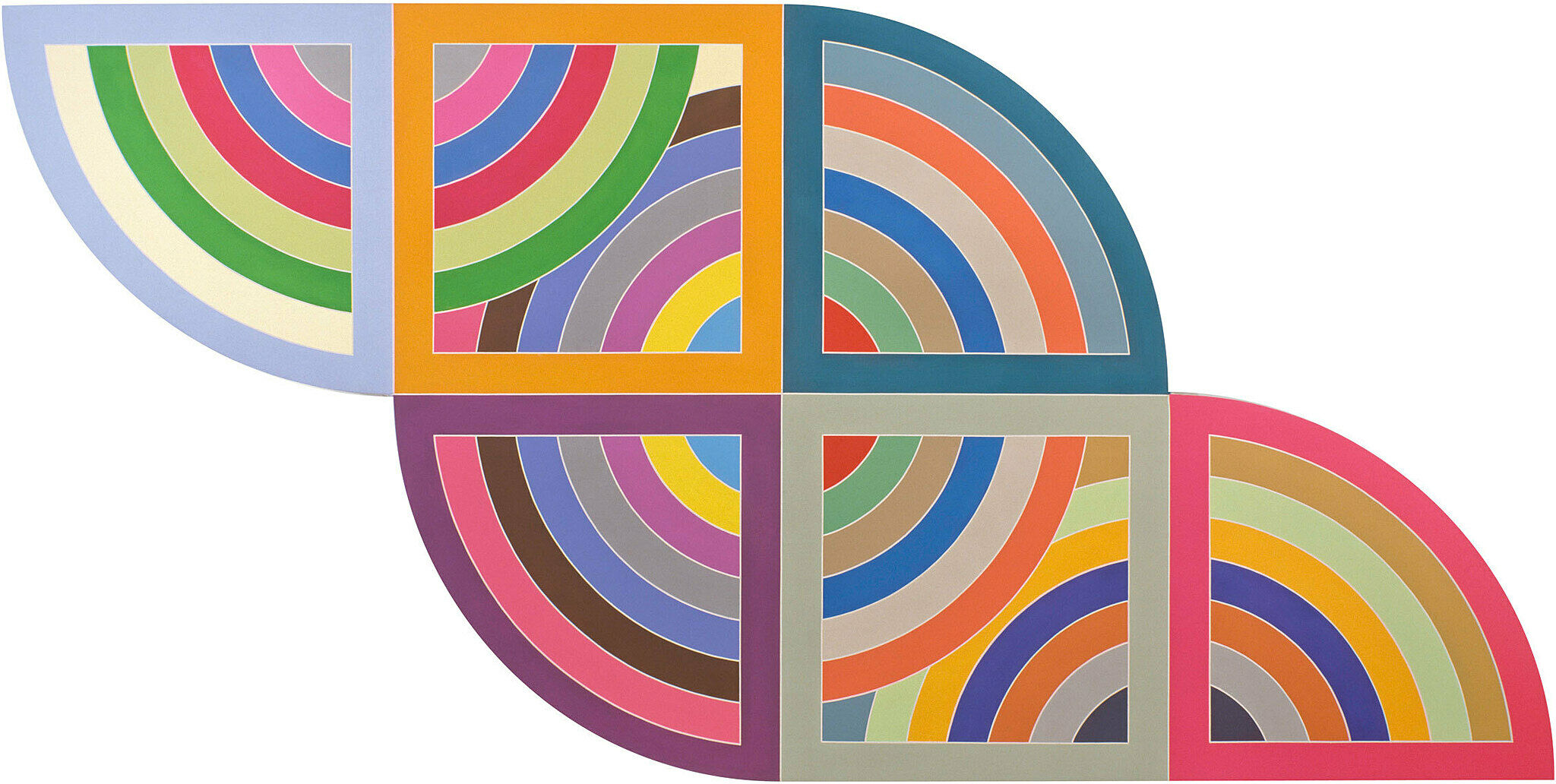Frank Stella, Das Erdbeben in Chili [N#3] (The Earthquake in Chile), 1999
Nov 24, 2015
0:00
Frank Stella, Das Erdbeben in Chili [N#3] (The Earthquake in Chile), 1999
0:00
Student: This clearly looks abstract, and it clearly would’ve taken some time to design this.
Mark Joshua Epstein: Shumit, will you tell us what the word “abstract” means?
Student: It’s when you’re not drawing to make it look like something in particular; it’s just sort of like random.
Student: I also noticed that this painting or collage, because it’s kind of 3D, is mixed media, because there—it has, like, paints and—but it has—it looks like it has some pencil lines and some collage and multiple other things.
Student: I’m wondering something, if this artist actually cut the canvas, because it seems as if he—someone took scissors and cut an outline of a drawing, so it seemed to pop out as if he actually—he painted stuff and then he actually glued it onto the canvas.
Mark Joshua Epstein: Let me give you a little information about the painting. So, I love that we noticed these words at the bottom there in German. Does anybody speak German? No? Me neither. It translates in English to “Earthquake in Chile.” And Frank Stella was really inspired by a book that was actually written in the 1800s that was about an earthquake that had happened in Chile in the 1600s. So, it’s kind of—we get the event, we get the book, and now we get the painting. And I’m wondering, now that we know that, what do we think about the painting? What do we notice?
Student: I think this resembles an earthquake by, like, the chaos and the ripping of, like, artwork that you can see, like you can see some parts cut off, like an earthquake usually rips up, like, the Earth.
Student: Well, I also think this resembles an earthquake. But I think that he didn’t actually want to draw the earthquake and just the plain colors and the dullness of everything. But I think he just wanted to take that idea and make his own, like, earthquake of arts and different ways to make art, like colored pencil and pastel and paints and stuff.
Student: I think, like, in my view, it looks like the aftermath of an earthquake, because normally after an earthquake you see destruction, chaos, trees knocked over, things are broken.
Student: I think that he might not have thought it was a disaster. He wanted to make it from something very depressing into something colorful and, like, soft, if you know what I’m saying.
Mark Joshua Epstein: I love that idea that Frank Stella has taken inspiration from something that maybe wasn’t that positive, and made it into this beautiful, very chaotic, very colorful, kind of enticing artwork.
In Frank Stella: A Retrospective (Kids).


